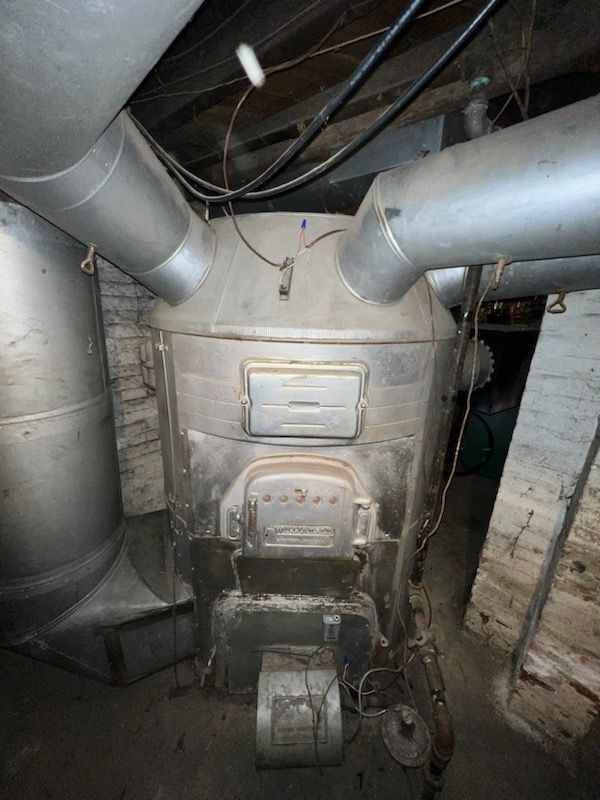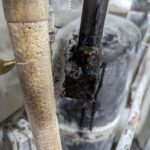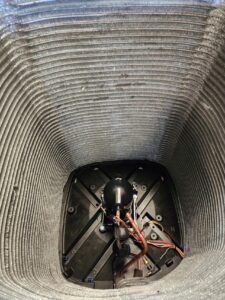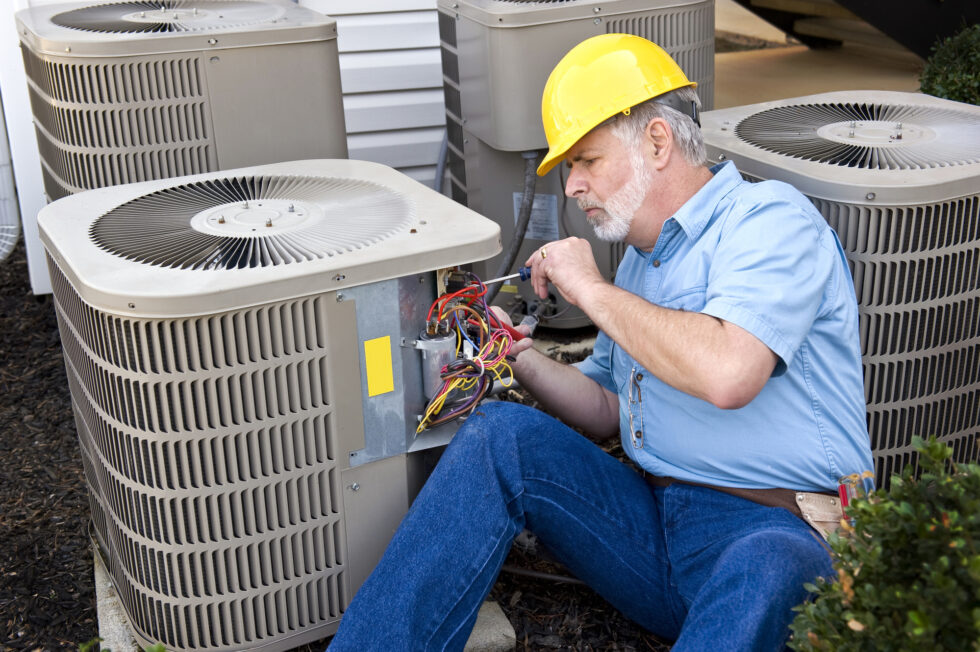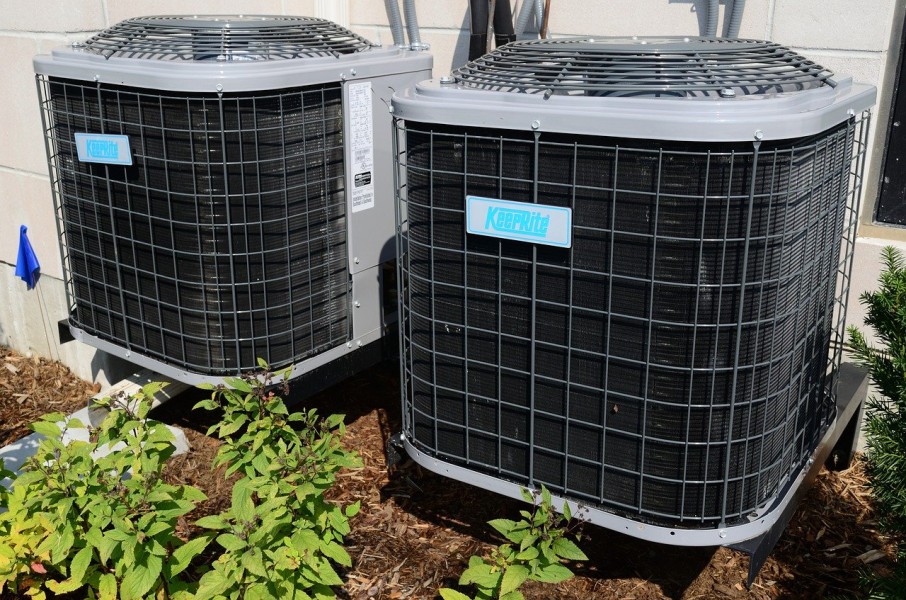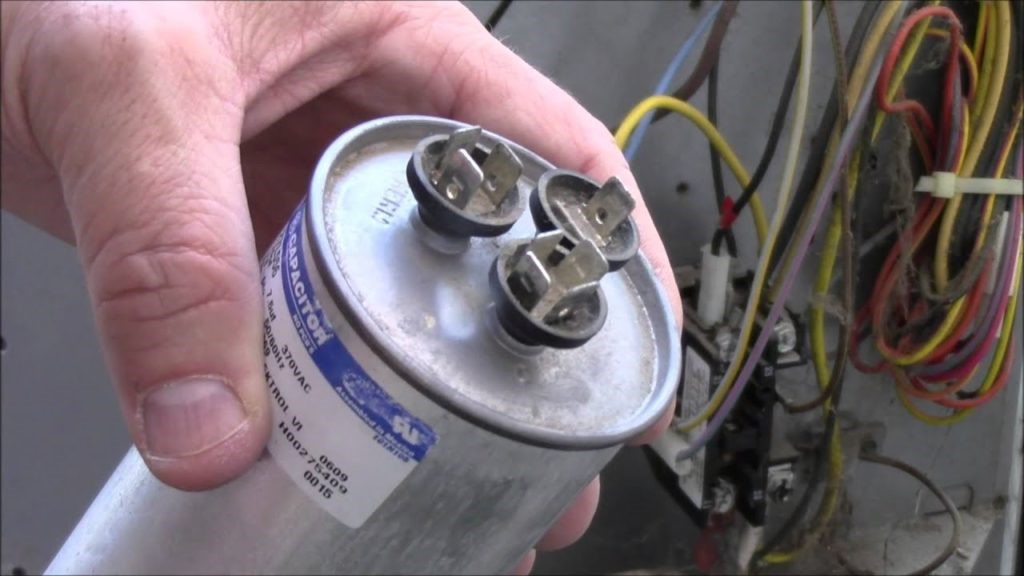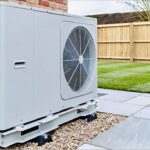When it comes to maintaining a warm and comfortable home during the colder months, the furnace plays a crucial role. However, like all household appliances, a furnace has a finite lifespan. Understanding how long your furnace is likely to last is essential for planning maintenance, budgeting for repairs, and eventually preparing for a replacement. In this article, we will delve into the various factors that influence the life span of a furnace, including the type of furnace, maintenance practices, usage patterns, and more. We’ll also discuss signs that indicate your furnace may be nearing the end of its life and provide tips on how to extend its average life. Whether you’re a new homeowner or looking to maximize the efficiency and longevity of your current heating system, this guide will provide valuable insights into keeping your home cozy for years
how long does furnace last?
life expectancy of furnace
Most furnaces last between 15 to 20 years, but electric furnaces and boilers can last 20 to 30 years. Lifespan can vary based on several factors.
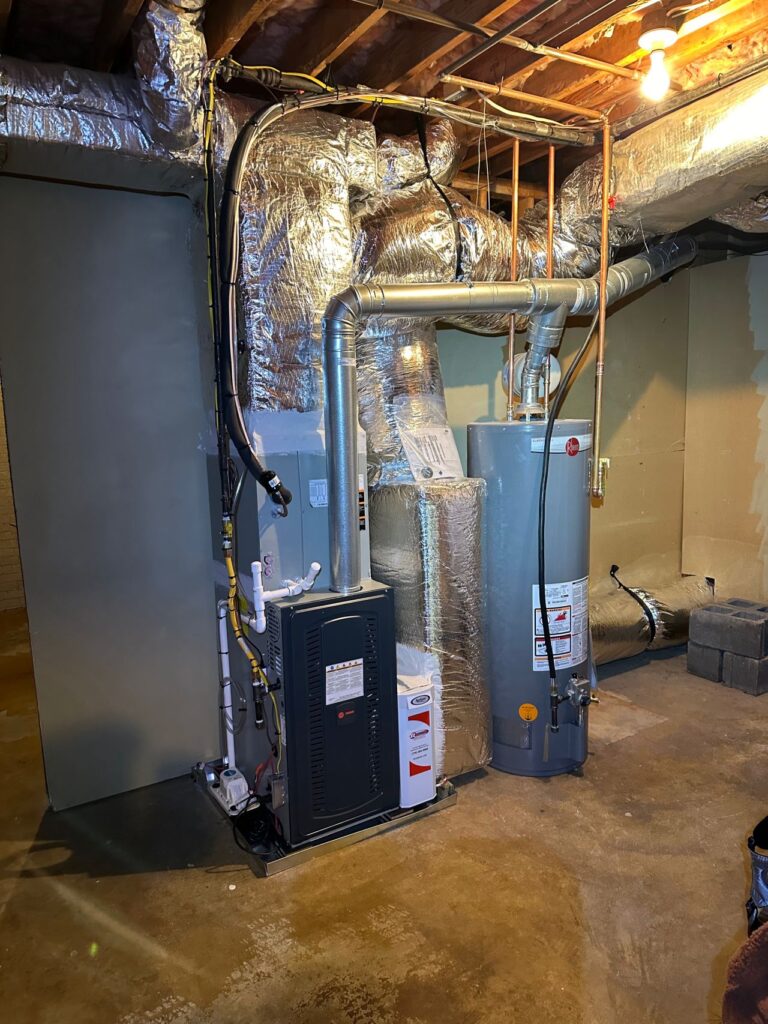
Understanding Furnace life expectancy
A furnace that’s well taken care of can serve you for 15 to 20 years. However, how long your furnace actually lasts depends on regular maintenance, timely repairs, and ultimately, the decisions you make regarding when to repair vs. when to replace.
Routine annual maintenance is crucial. By keeping up with necessary repairs and ensuring your furnace is running efficiently, you can often push its lifespan beyond the average range. Yet, the willingness to invest in repairs—and the cost-effectiveness of these repairs—plays a significant role in determining whether to keep fixing your existing unit or to opt for a new one.
Once your furnace hits the 15-year mark, it’s wise to begin exploring new furnace options. This proactive approach allows you to familiarize yourself with the latest, most energy-efficient models on the market and their costs. For those prioritizing energy savings, understanding the Annual Fuel Utilization Efficiency (AFUE) rating is essential. This rating measures the furnace’s efficiency in converting fuel to heat over a typical year, providing a clear indicator of potential energy savings with a new furnace.
In summary, the life span of your furnace hinges on maintenance, the frequency and cost of repairs, and your readiness to invest in newer, more efficient technology. Keeping an eye on the AFUE rating will also help in making an informed decision when the time comes to replace your aging furnace.
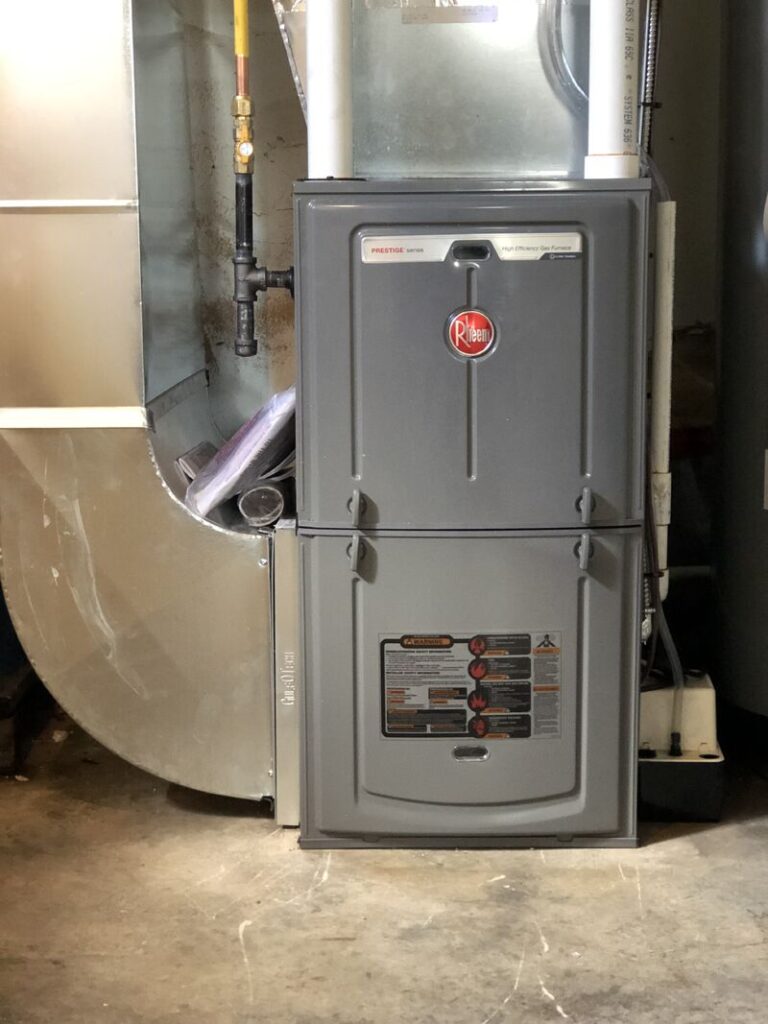
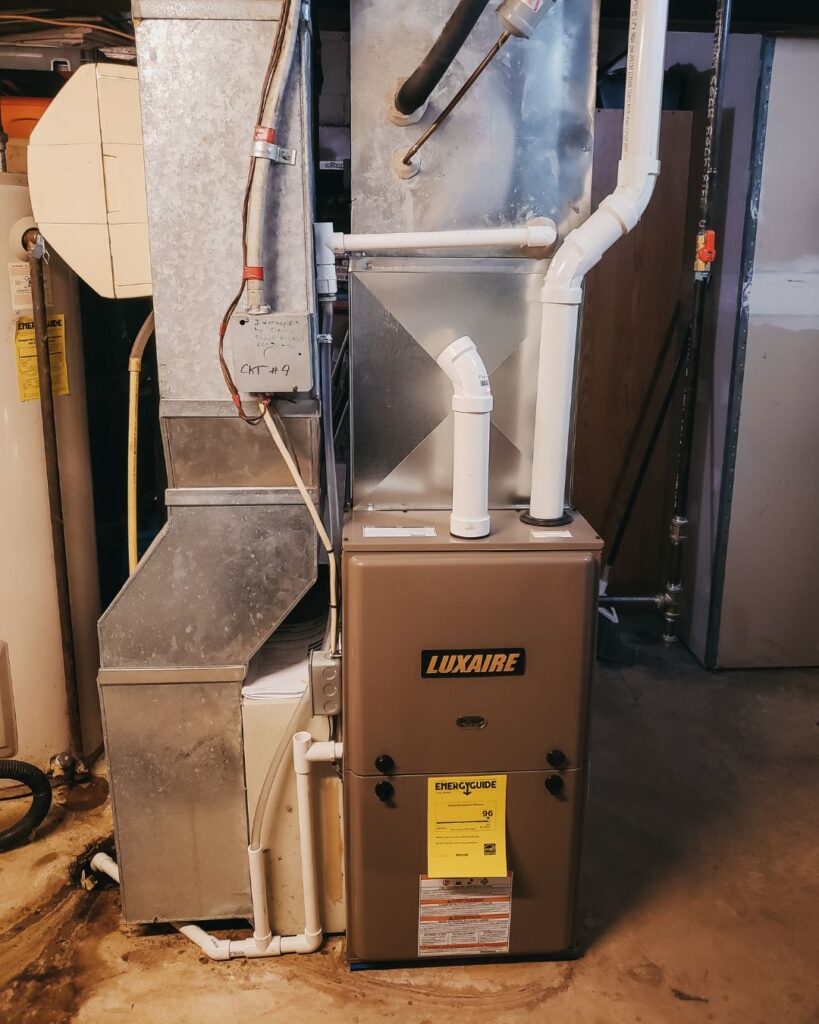
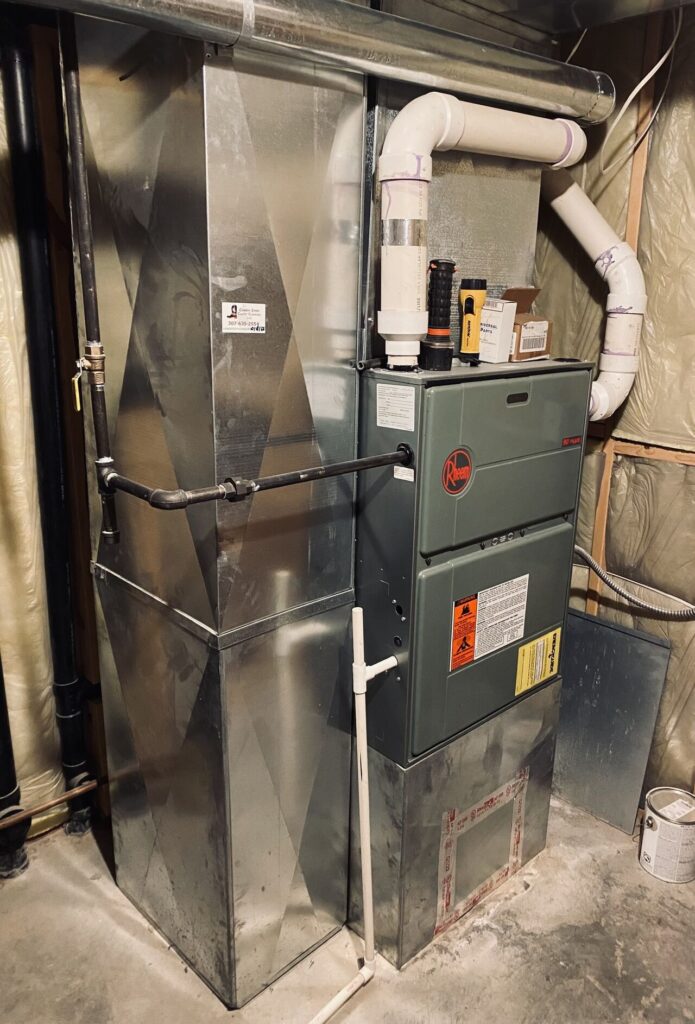
Factors That Affect Furnace Life Expectancy
Maximizing your furnace’s lifespan requires attention to several crucial factors, from initial setup to ongoing maintenance and operation. Here’s what influences how long your furnace will efficiently heat your home:
Proper Sizing and Installation
- A furnace must match the size of your home to prevent frequent cycling or continuous overworking, both of which can lead to premature wear.
- Professional installation ensures correct setup, which is vital for efficient operation and avoiding unnecessary strain on the furnace’s components.
- Inadequate installation can lead to poor airflow, improper drainage in high-efficiency models, and safety risks, highlighting the importance of choosing a qualified HVAC installer.
Routine Maintenance
- Changing the air filter every 90 days and scheduling annual maintenance checks are essential for preventing buildup on heat exchangers, burners, and fan blades.
- Maintenance helps maintain balanced airflow and efficient heat transfer, crucial for minimizing wear on the furnace’s internal parts.
Thermostat Settings
- Appropriate thermostat settings help manage the furnace’s workload, reducing wear. The U.S. Department of Energy recommends 68° Fahrenheit in winter for optimal balance between efficiency and comfort.
- Avoiding extreme thermostat settings prevents the system from running too frequently, which can decrease its lifespan.
Brand and Quality
- The durability and reliability of a furnace are significantly affected by its brand and model. Opting for a furnace from a reputable brand known for quality can lead to a longer service life.
- Higher-quality furnaces, while potentially more expensive upfront, often offer better longevity and efficiency, which can save money and hassle in the long run.
Location
- The placement of your furnace affects its operation and lifespan. Extreme conditions such as high heat in attics or dampness in crawl spaces can accelerate wear and reduce efficiency.
- Ensuring the furnace is installed in a well-ventilated, climate-controlled area minimizes stress on the system and helps prolong its life.
Understanding and addressing these factors can significantly impact the efficiency, performance, and longevity of your furnace, ensuring it provides reliable warmth for many years to come.
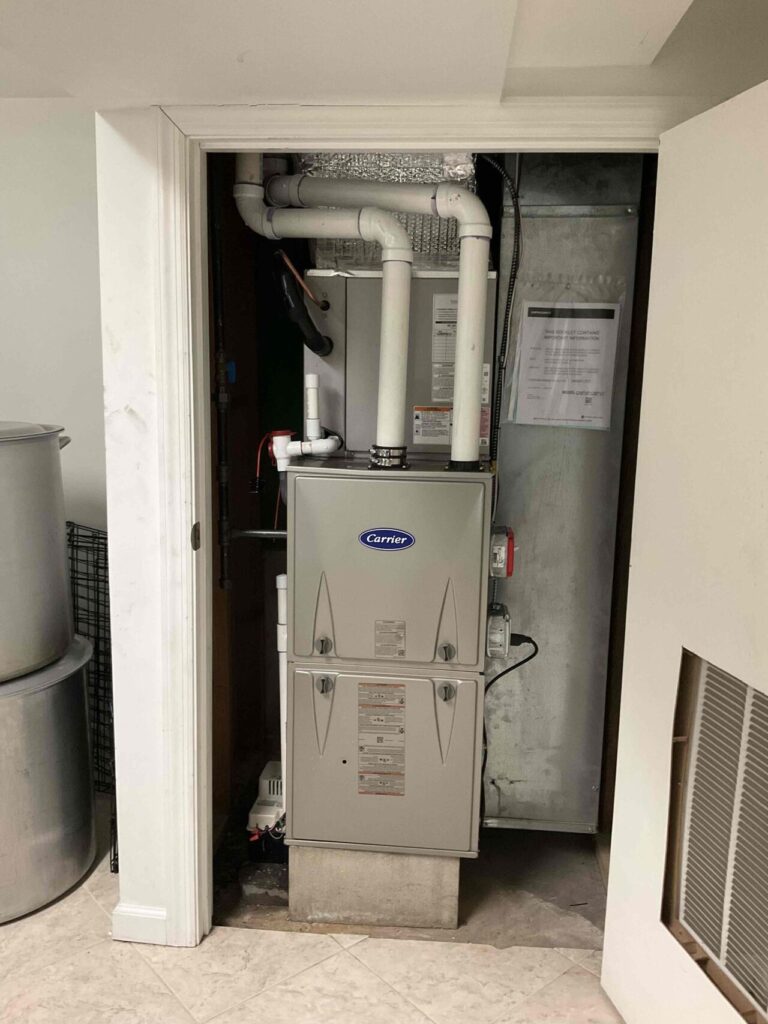
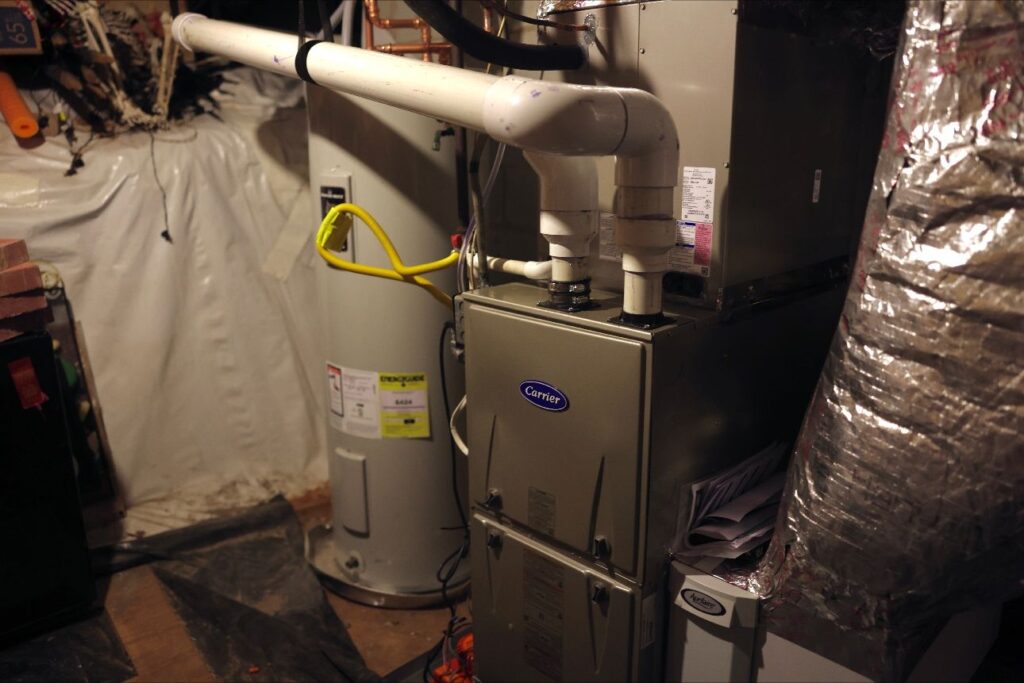
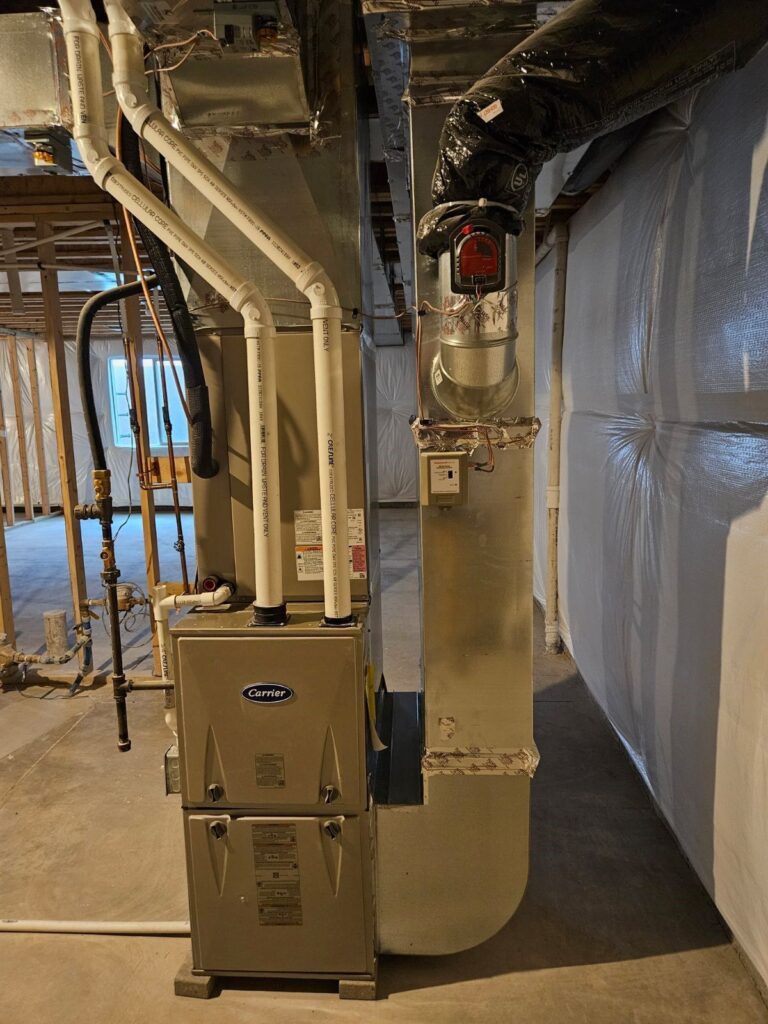

How to Prolong or extend the Lifespan of a Furnace?
Ensuring your furnace lasts as long as possible requires some attention and care. While professional help is sometimes necessary, there are several steps you can take on your own to extend your furnace’s effective service life.
Regular Maintenance Tips
- Change the Filters Regularly
The air filters in your furnace should be replaced approximately every 90 days. If your home has pets, smokers, allergy sufferers, or a larger family, replacing filters monthly can help maintain air quality and furnace efficiency.
- Annual Inspections
It’s crucial to have your furnace inspected by a professional at least once a year, ideally in the fall before the heating season begins. This inspection can identify and rectify any potential issues, ensuring your furnace operates smoothly during the colder months. The professional should also clean and tune-up the furnace during this visit.
- Keep the Furnace Area Clean
Ensure the area around your furnace is clear of debris, storage items, or any clutter. A clean environment not only helps the furnace run more efficiently but also reduces the risk of fire hazards.
Old furnaces

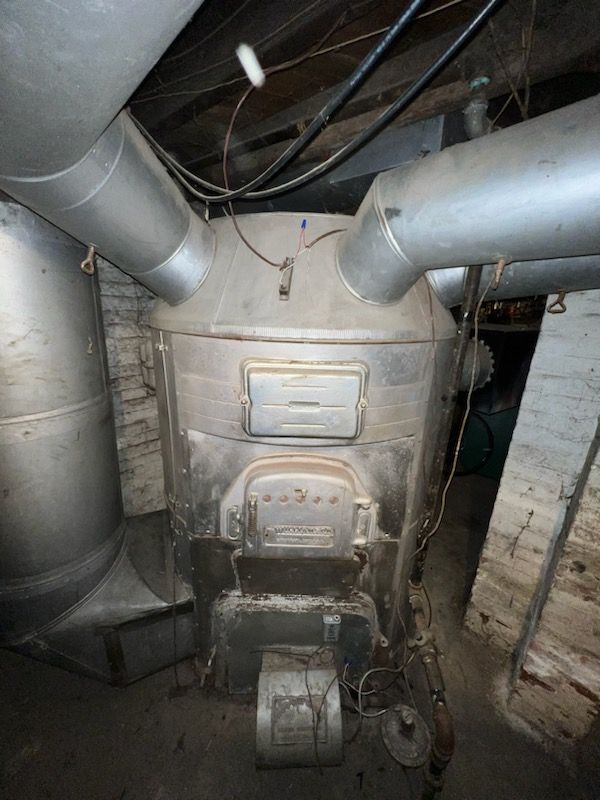
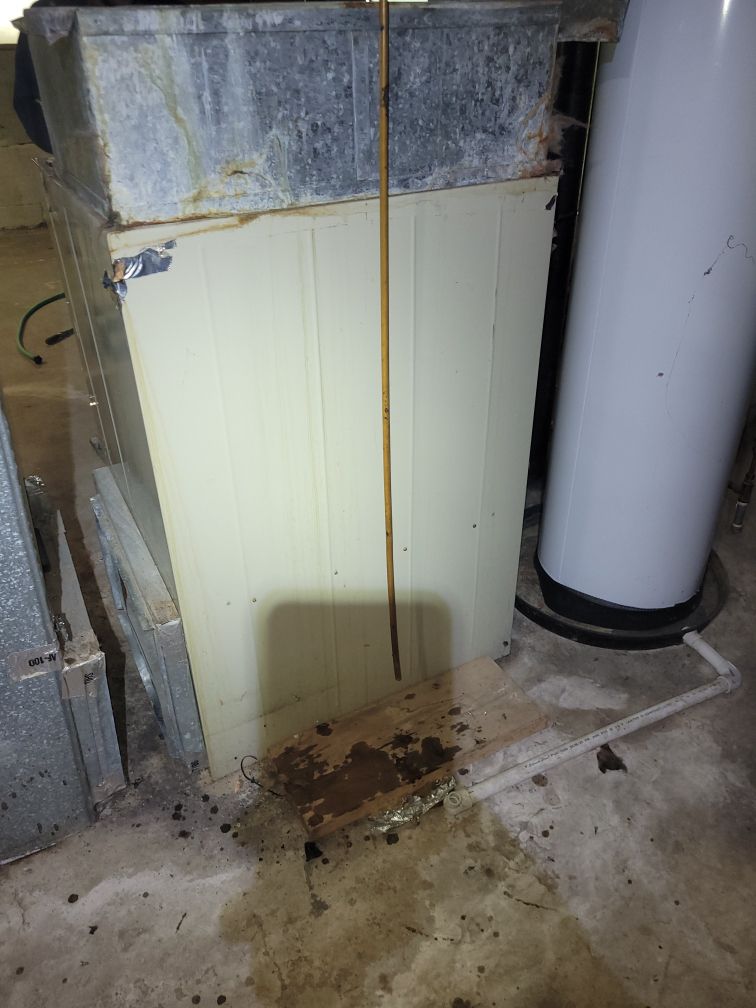
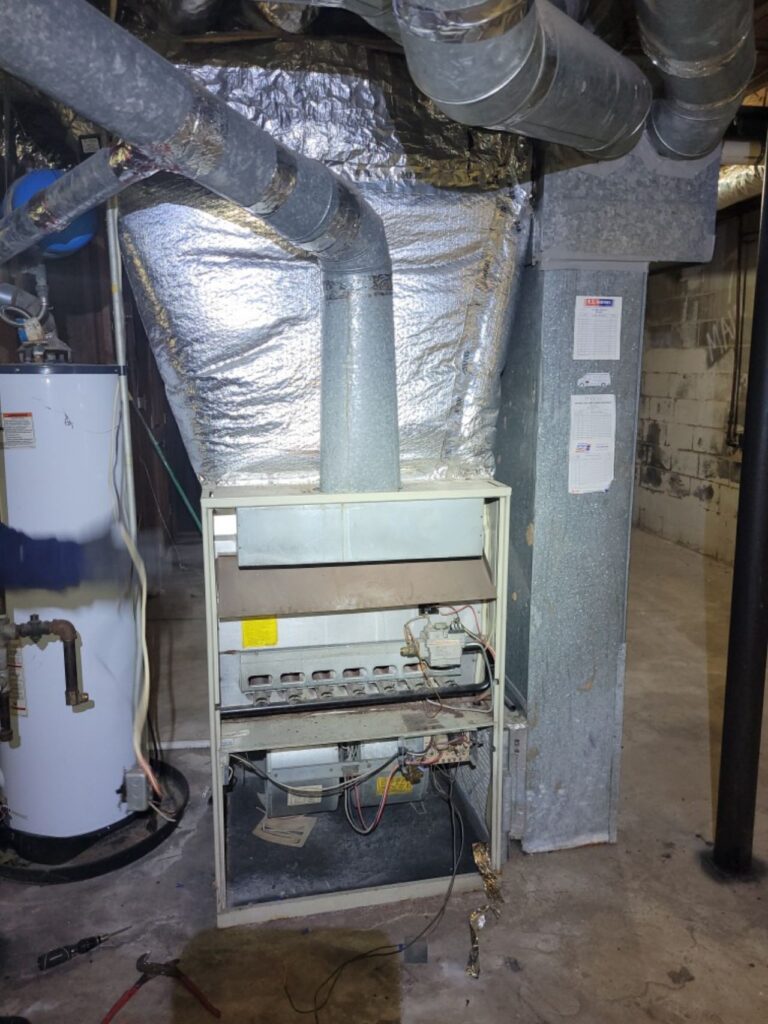
Lifespan of Various Types Heating Systems or furnaces used at home
When selecting a heating system for your home, it’s important to consider the expected lifespan of the unit. Different systems vary in durability, largely due to their fuel sources and operational mechanisms. Here’s a straightforward guide to the longevity of various types of furnaces and heat pumps.
Electric Furnaces
how long do electric furnaces last
- Expected Lifespan: 20–30 years
- Electric furnaces tend to last longer because they have fewer moving parts, which reduces wear and tear.
Natural Gas Furnaces
how long do gas furnaces last
- Expected Lifespan: 15–20 years
- These furnaces are a popular choice for their efficiency and the widespread availability of natural gas.
Propane Furnaces
how long do propane furnaces last
- Expected Lifespan: 15–20 years
- Propane furnaces offer a similar lifespan to natural gas units, providing a good option in areas without natural gas service.
Oil Furnaces
how long do oil furnaces last
- Expected Lifespan: 15–25 years
- Maintenance quality and fuel type can influence the longevity of oil furnaces, potentially offering a longer lifespan with proper care.
Wood Furnaces
how long do wood furnaces last
- Expected Lifespan: 10–20 years
- The lifespan of wood furnaces can vary significantly based on maintenance practices and usage patterns. Regular cleaning is crucial for optimal performance.
Heat Pumps
how long do heat pump last
- Expected Lifespan: 10–15 years
- Heat pumps, which offer both heating and cooling, tend to have a shorter lifespan due to their year-round operation. Despite this, their dual functionality can provide significant value, especially in climates where both heating in winter and cooling in summer are necessary.
Choosing the Right System
The best heating system for your home depends on various factors, including climate, home size, and local energy costs. While the initial cost and the system’s lifespan are important considerations, also think about efficiency, maintenance requirements, and the availability of fuel sources in your area. This comprehensive approach will help you select a system that not only lasts but also efficiently meets your heating and cooling needs throughout its life.
How to know when to replace a furnace | How do you know if your furnace is dying?
Knowing when to replace your furnace is crucial for maintaining a comfortable and safe home environment. Despite diligent care and maintenance, every furnace eventually wears out. Here’s how you can tell it’s time for a new one:
Signs Your Furnace Needs Replacement
- Frequent Repairs: If you’re calling for repairs often, it’s a clear sign the furnace is failing.
- High Repair Costs: When repair bills start to climb, especially if they’re more than 30% of the cost of a new furnace, it’s time to consider replacement.
- Inconsistent Heating: Experiencing uneven temperatures or the furnace struggling to maintain the set temperature.
- Cold Air: If your furnace is blowing cold air, it indicates a significant problem.
- Strange Noises: Unusual sounds like banging, rattling, or screeching suggest major issues.
- Rising Energy Bills: An unexplained increase in energy bills can mean your furnace is losing efficiency.
- Visible Damage: Rust or cracks on the furnace can be dangerous and are signs of an aging unit.
Determining Furnace Replacement Time
- Furnace Age: Most furnaces last between 15 to 20 years. Check the age by locating the model and serial number and researching or consulting with an HVAC professional.
- Repair Frequency and Costs: Constant repairs and high costs are strong indicators it’s more economical to replace rather than repair.
Key Takeaways
- Pay attention to signs of furnace failure like frequent repairs, uneven heating, strange noises, and visible damage.
- Regular maintenance can extend the life of your furnace, but it’s important to recognize when repairs are no longer cost-effective.
- Consider the age of your furnace and the cost of repairs relative to the price of a new unit when deciding to replace your furnace.
By staying vigilant and understanding these indicators, you can make an informed decision about when it’s time to replace your furnace, ensuring your home remains safe and comfortable.
How to Prolong Your Furnace’s Life
While all furnaces will eventually need replacing, there are ways to extend their lifespan:
- Change Filters Regularly: Replace filters every 90 days, or monthly if you have pets, smokers, allergies, or a larger household.
- Annual Inspections: Schedule a professional inspection and maintenance annually, ideally in fall, to ensure your furnace is in top condition for winter.
- Keep It Clean: Ensure the furnace area is free from clutter and debris to promote efficient operation and reduce fire risks.
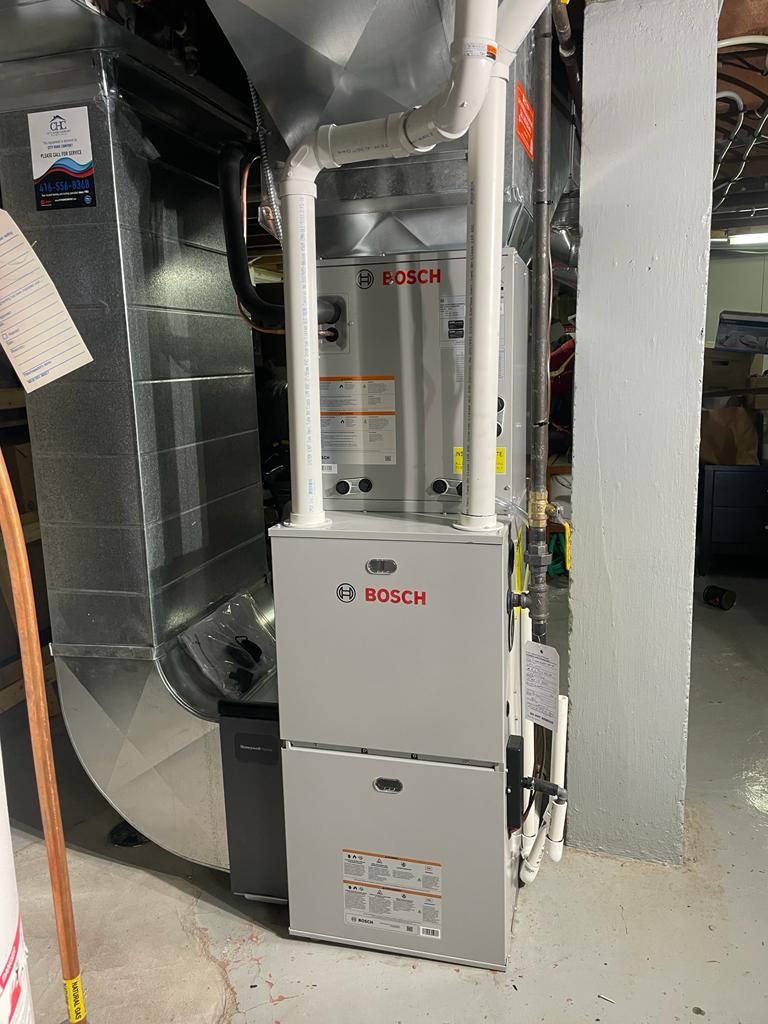
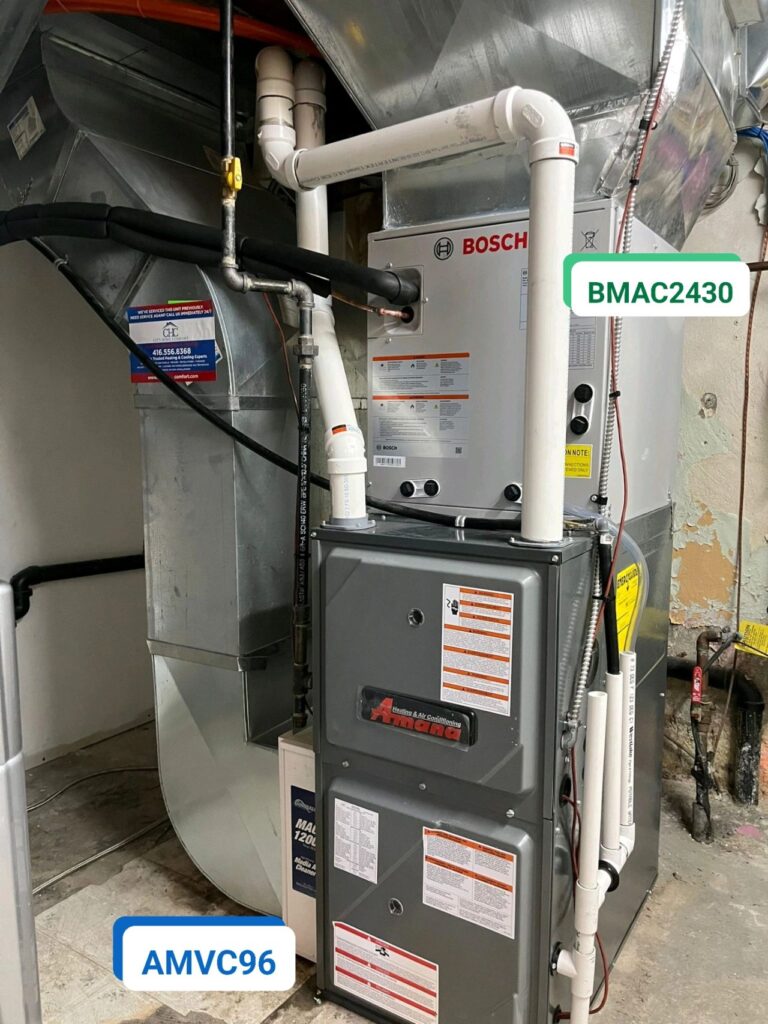
Frequently asked questions
Can furnaces last 30 years?
Yes, furnaces can last up to 30 years with proper maintenance and care. However, as they approach the end of their life expectancy, usually between 15-20 years, it’s wise to consider replacing them. Refer to your maintenance manual and start planning for an upgrade if your furnace is nearing the end of its lifespan.
When should a furnace be replaced?
Consider replacing your furnace if it’s older than 15 years and showing signs of wear or inefficiency. While furnaces can last up to 20 years, problems may arise after the 15-year mark. If your furnace is over 15 years old and experiencing issues, it may be nearing the end of its lifespan.
Is a 50 year old furnace safe?
No, a 50-year-old furnace can be potentially unsafe. Older furnaces, particularly those running on oil or gas, pose risks of fuel leaks or fires. These malfunctions can be life-threatening if not addressed promptly. Regular maintenance and upgrading to modern, safer systems are advisable for safety.
how long do furnace filters last
Furnaces typically last between 15 to 20 years, depending on factors such as maintenance, usage, and the quality of the furnace.
how long do lennox furnaces last
Lennox furnaces generally have a lifespan of 15 to 20 years if properly maintained. It’s recommended for owners to enroll in a maintenance plan with their installer or local Lennox dealer to guarantee longevity and peak performance.
how long do carrier furnaces last
A properly cared for Carrier furnace typically has a lifespan of around 15 to 20 years. Regular yearly maintenance and prompt repairs can further prolong its longevity.

